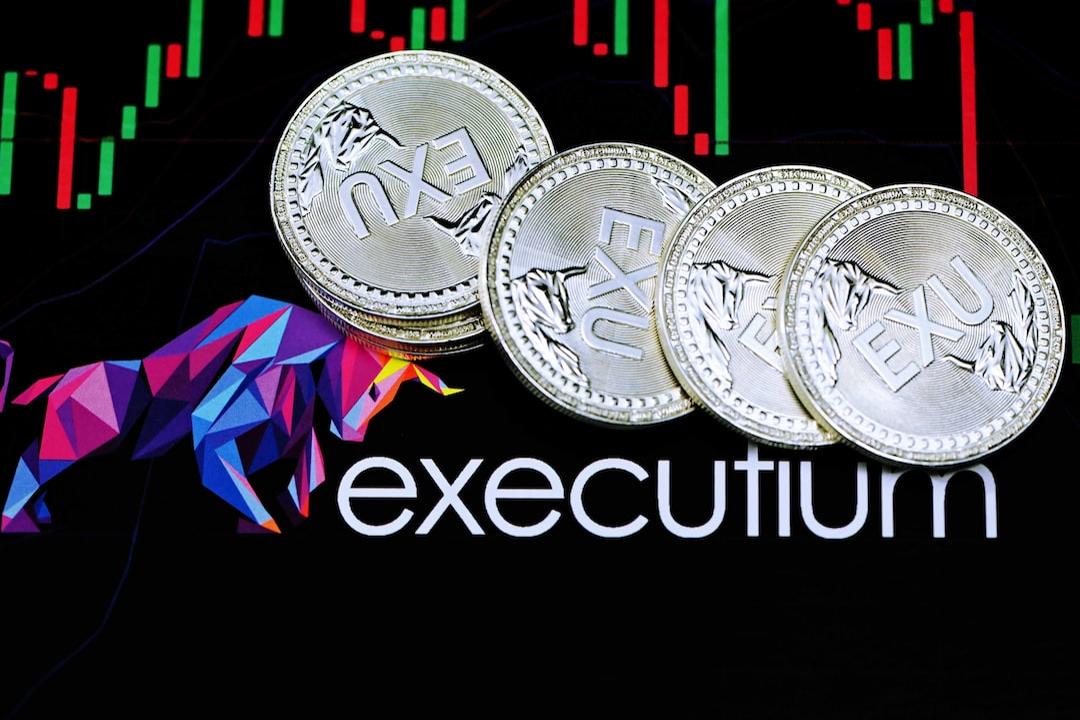In the cryptocurrency market, successful trading requires adjustments in strategy and mindset. This article provides six principles to help investors improve their trading success rate. The article is sourced from an article written by @game_for_one and compiled and translated by PANews.
(Previous Summary: How did retail investors lose money in the bull market?)
(Background Supplement: Shenyu analyzes the five difficulties of bull market trading: learn to “take over” instead of escape the peak)
Many crypto enthusiasts have concerns, such as worrying that this is the last cycle in the crypto field, uncertainty about how long the upward trend will continue, and social pressure brought about by others’ poor performance. A series of fatal flaws have undermined many people’s decision-making:
– Distraction: Chasing every popular trend instead of focusing on trading.
– Pessimism and hesitation: Uncertainty leads to inaction, not participating even in meaningful opportunities.
– Lack of confidence: Failure to conduct due diligence on projects and inability to build the confidence needed to withstand volatility.
– Lack of profit strategy: Closing positions completely at the lowest bitcoin price due to fear of the trend ending.
Based on this, the following suggestions are made:
– Narrow down the focus: Trade specific assets within one or two chains.
– Choose your game: On-chain or off-chain.
– If you think you can do anything, it is self-deception. Optimize to focus on your trading scale, strength, and the highest return on investment under current market conditions. Once you consider this, you will likely know clearly where to trade and what to do.
Develop a trading strategy:
– Know when to invest, trade, or speculate. Most people confuse these. A simple framework is as follows:
– Investment: Based on theoretical aspects, backed by fundamentals and technicals. Asymmetric information gives you an advantage, and the market you bet on will be repriced within 1-3 months.
– Trading: Focus on technicals, catalysts, or narratives (such as events or announcements). These trades last less than 2 weeks but can be transformed into investments if the price/narrative feedback strengthens.
– Speculation: Carefully planned gambling, driven by news-driven trading actions (think of Musk’s tweets hinting at market trends). These trades have short cycles and may disappear after a few hours or days.
Stick to the plan:
– Develop a clear trading plan:
– Market value: Clearly define your range.
– Profit-taking: Rules for adjusting positions, do not abandon positions out of fear.
– Valuation: How much and how quickly can the asset reach?
– Plan failure: Fundamental or technical collapse—know when and how to reduce positions (partially or completely). It may also be due to broader market trends or based on dates (such as a good opportunity to take profit when uncertain macro data is about to be released, knowing that you will be able to buy back at a lower price).
Know yourself:
– Identify your weaknesses: Lack of experience, technical gaps, optimistic/pessimistic biases, poor scale management, or lack of time. If you have more weaknesses than others in the game, skip it and trade in your areas of advantage.
Continuously improve:
– Reflect on each trade: Which ones were successful, which ones failed, and why? Is it a process/decision-making issue, or were the decisions good at the time but the outcomes were not? The goal is to make fewer mistakes in trading, continuously adjust through comprehensive analysis, and improve the trading success rate. If you skip this step, you will not make any progress and eventually fall into mental/profit dilemmas in subsequent trading journeys.
Don’t work in isolation:
– Trusted market friends are crucial. They will encourage you to take responsibility and help you compensate for your weaknesses. The best arrangement is mutual support—where you compensate for their weaknesses, and they compensate for yours.
– Quality over quantity: More friends is not always better. You need high success rate, trustworthy friends who are at the same level as you or higher in the game you play.
– Stay in touch with other relevant individuals outside of the specific market you focus on. They will help you understand macro trends, cycles, and other events you are currently interested in. This will ultimately feed into your overall perspective and trading.



